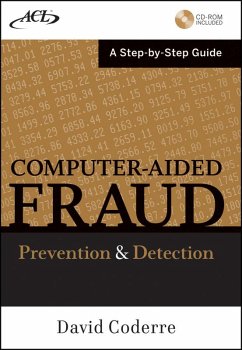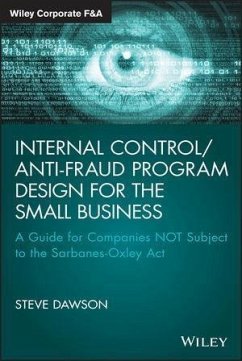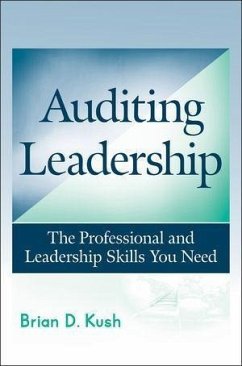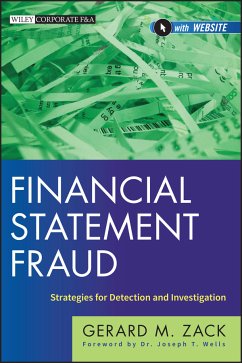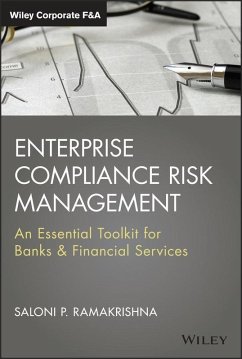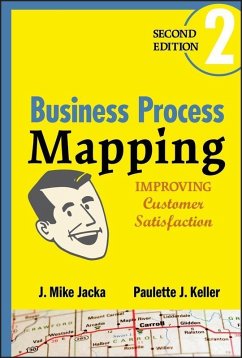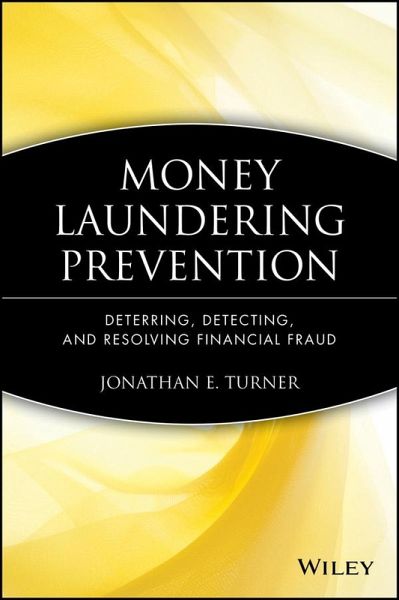
Money Laundering Prevention (eBook, ePUB)
Deterring, Detecting, and Resolving Financial Fraud
Versandkostenfrei!
Sofort per Download lieferbar
35,99 €
inkl. MwSt.
Weitere Ausgaben:

PAYBACK Punkte
0 °P sammeln!
A how-to guide for the discovery and prevention of the illegal transfer of money Written for the private sector--where most money laundering takes place--this book clearly explains shows business professionals how to deter, detect, and resolve financial fraud cases internally. It expertly provides an understanding of the mechanisms, tools to detect issues, and action lists to recover hidden funds. * Provides action-oriented material that will show how to deter, detect, and resolve financial fraud cases * Offers an understanding of the mechanisms, tools to detect issues, and action list to reco...
A how-to guide for the discovery and prevention of the illegal transfer of money Written for the private sector--where most money laundering takes place--this book clearly explains shows business professionals how to deter, detect, and resolve financial fraud cases internally. It expertly provides an understanding of the mechanisms, tools to detect issues, and action lists to recover hidden funds. * Provides action-oriented material that will show how to deter, detect, and resolve financial fraud cases * Offers an understanding of the mechanisms, tools to detect issues, and action list to recover hidden funds * Covers mechanisms for moving money, identifying risk exposures, and investigating money movement Arming auditors, investigators, and compliance personnel with the guidance that, up until now, has been restricted to criminal investigators, Money Laundering Prevention provides nuts-and-bolts information needed to fully understand the money laundering process.
Dieser Download kann aus rechtlichen Gründen nur mit Rechnungsadresse in A, B, BG, CY, CZ, D, DK, EW, E, FIN, F, GR, HR, H, IRL, I, LT, L, LR, M, NL, PL, P, R, S, SLO, SK ausgeliefert werden.





